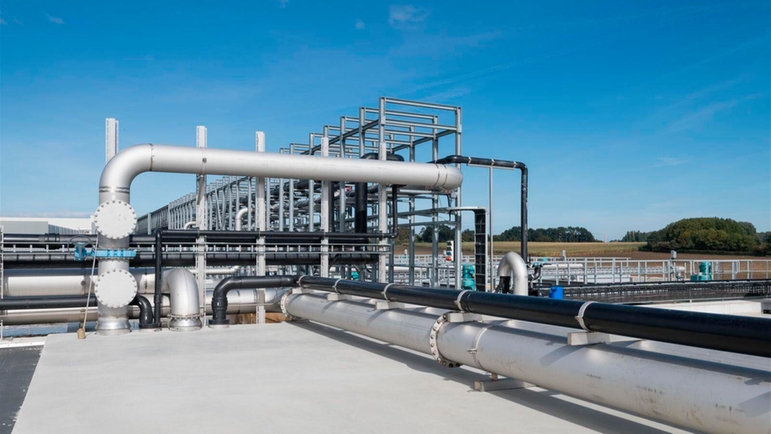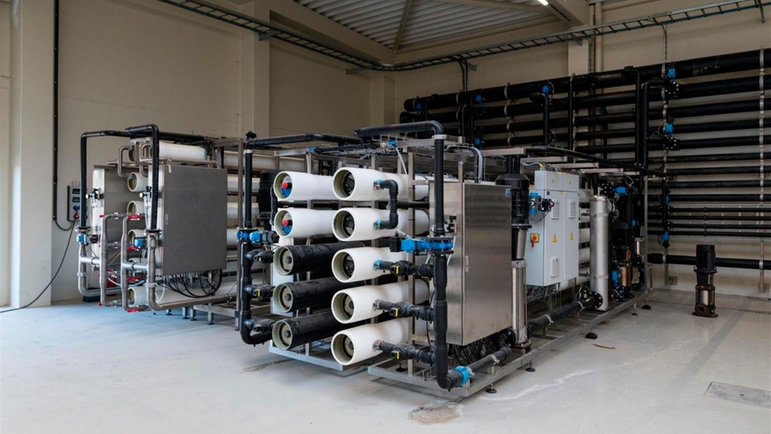Conductivity measurement in a water reuse plant
Precise measured values even in low measuring ranges
The production of frozen vegetables requires a lot of water. In order to save water, Pasfrost has decided to reuse it: the water is purified in a water reuse plant, which includes a reverse osmosis system (RO). The core of the RO system is a membrane through which the water is filtered. A good condition of this membrane is a prerequisite for the proper functioning of the plant. With the help of Memosens conductivity sensors, the membrane condition can be monitored reliably and easily.
The benefits
No doubts anymore: Reliable conductivity measurements give clear indications about the membrane condition and thus about the functioning of the RO plant.
Precise measurements - even of very low conductivity values.
Plug and play, easy exchange of sensors, calibration in the lab - Memosens technology makes sensor handling very convenient.
The challenge
Pasfrost processes fresh vegetables to frozen vegetables. This process requires many water consuming steps, eg. washing vegetables and blanching them. In addition to their wastewater treatment plant, Pasfrost also has a water reuse plant where they purify a large part of the arising wastewater to drinking water. For purification, Pasfrost relies on technologies like ultrafiltration, UV-disinfection and RO. They have multiple RO installations to purify a large part of the wastewater.
Water for re-use
Reverse osmosis is a water purification process that uses a partially permeable membrane to remove unwanted substances, like ions, molecules or particles. Pressure is applied to overcome osmotic pressure. Unwanted substances are retained on the pressurized side of the membrane and the pure water can pass to the other side. The membranes’ status needs to be monitored to ensure pureness and to achieve high water quality. Therefore, conductivity is measured at the RO inlet and after a membrane.
To fulfill the high hygienic requirements regarding drinking water, CIP is performed regularly at the RO installations. They are cleaned every few weeks with caustic soda or acid at 40°C. The conductivity sensors must withstand this tough cleaning routine.
Our solution
At the RO inlet a CLS21D sensor was installed, whereas at the outlet the choice fell on Memosens CLS82D. With CLS82D even lower conductivity values of purified water after the partially permeable membrane can be measured precisely. Both sensors, CLS82D and CLS21D, need only low maintenance and are easy to use thanks to Memosens. Via the Liquiline CM44 transmitter, values are transmitted to the PCS, that controls the membrane regeneration and CIP cycles automatically.
The results
With the help of the conductivity sensors, Pasfrost is able to monitor the proper functioning of its RO system. Thanks to the water re-use, high quality drinking water can be produced from recycled effluent constantly and reliably. In this way, Pasfrost covers three fourth of the water demand by the production plant’s own recycled water. Thus Pasfrost is virtually independent of the municipal water supply. A good example of a solution that is both sustainable and cost-effective.





